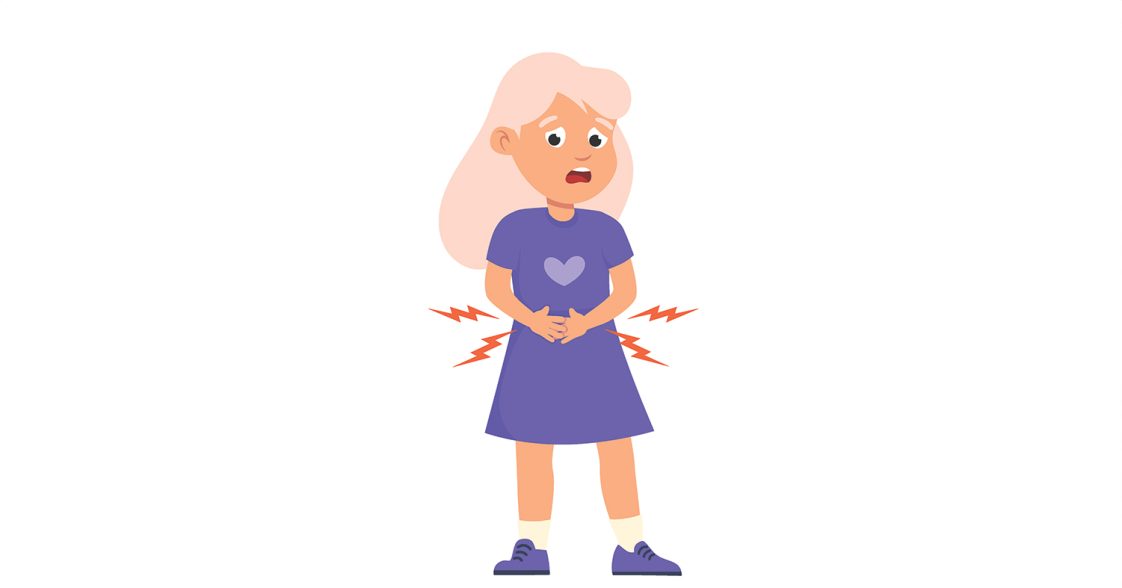Health

Vape cartridges and liquid refill products contain potentially deadly amounts of nicotine for young children. Parents must take precautions so that family members and caregivers do not accidentally poison children.
Children exposed to liquid nicotine are five times more likely to be admitted to the hospital and more than twice as likely to have a severe health outcome than those exposed to regular cigarettes (Center for Injury Research and Policy at Nationwide Children’s Hospital). Understanding the risks can help adults take necessary preventive measures.
Why Children Are Drawn to Vaping Devices and Products
- The flavors, colorful packaging, and candy-like appearance of vaping devices, cartridges, and liquid refill products make them attractive to young children.
- Young children are curious and tend to put things in their mouths.
- Most vaping devices, such as pens, highlighters, and other small electronics, look like regular household items that children may use.
- Children often imitate the behaviors of others around them, so they may pick up a vaping device and put it in their mouths.
How Children Are Poisoned by Vaping Devices and Products
- Many liquid refill containers do not have child-resistant closures, so children easily open them.
- When liquid refill products for vaping devices are not completely closed, they can spill on surfaces that children use.
- The vaping devices and liquid refill products are stored where children can reach them.
- The vaping devices and liquid refill products are left unattended while in use due to distractions or multitasking (phone calls, visitors at the door, bathroom, etc.).
Ways Children Can Be Poisoned
- Swallowing liquid refill products is the most common way children are poisoned (95.5 percent). Small amounts of the liquid can lead to nicotine poisoning. Symptoms are stomach pain, nausea, vomiting, dizziness, cardiac arrest, mouth burning, rapid heartbeat, breathing problems, and seizures. In severe cases, it can be fatal. The other chemicals in the liquid also can be harmful if swallowed. For example, some liquid refill products contain diethylene glycol, a toxic substance used in antifreeze. Diethylene glycol can cause symptoms such as nausea, vomiting, and abdominal pain. Some flavors and brands also contain traces of lead and other heavy metals, which can be toxic to children.
- Skin contact can happen if children touch vaping devices or liquid refill products, or if youth or adults touch children without washing their hands. If the liquid refill bottle spills or vaping cartridges get cracked, it is important to clean everything immediately so that children do not touch or play in the liquid. If you are unsure if a child has been exposed, look for symptoms such as itching, irritation, and rash. The liquid also can get in the eyes; therefore, check to see if there is burning, irritation, redness of the eyes, and blurred vision.
- Breathing in the vapor from vaping devices can expose children to secondhand vape. Diacetyl, a chemical linked to “popcorn lung,” along with heavy metals and acrolein, are chemical exposures that impact children’s lungs. Other potentially harmful chemicals in e-juices include propylene glycol, which can cause respiratory irritation, and formaldehyde, a known carcinogen. This exposure can cause coughing, wheezing, and shortness of breath.
 What to Do if a Child Is Exposed to Vaping Liquid
What to Do if a Child Is Exposed to Vaping Liquid
- If children are nonresponsive or violently vomiting, CALL 911.
- If you notice a child has been exposed or if you see a child playing with an open container, you may contact the Alabama Poison Control Information Center at Children’s of Alabama. They offer free and confidential poison information and treatment recommendations 24/7. Call 1-800-222-1222 for poison advice for all ages.
- A suggested treatment for nicotine skin exposure is to wash the area immediately with soap and water.
- A suggested treatment for nicotine eye exposure is to flush the eyes with water.
How to Help Keep Children Safe from Vape Poisoning
- Parents, relatives, and childcare providers who vape and have young children around should keep vaping devices and products out of the reach of children.
- If you have teens in your family or your child has babysitters, it is important to communicate with them that any vaping devices or related products should be kept entirely out of reach of the children in your family.
- Even if you do not think people around you are vaping, it is good to have a conversation about accidental poisoning so that siblings, relatives, and family friends are not poisoned or exposed to harmful chemicals unintentionally.
 Adrienne Duke-Marks, Extension Specialist, Associate Professor, Human Development and Family Studies; Silvia Vilches, Extension Specialist, Associate Professor, Human Development and Family Studies; and Sharon Haynes, Assistant Director, Field Operations, all with Auburn University
Adrienne Duke-Marks, Extension Specialist, Associate Professor, Human Development and Family Studies; Silvia Vilches, Extension Specialist, Associate Professor, Human Development and Family Studies; and Sharon Haynes, Assistant Director, Field Operations, all with Auburn University
New February 2024, Helping Parents Understand Vaping: Risks of Nicotine Poisoning in Children, FCS-2756

